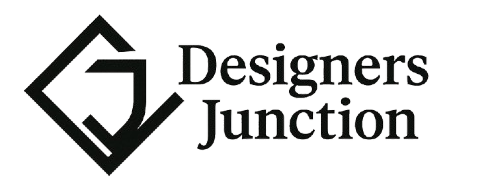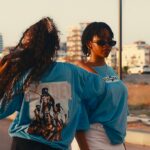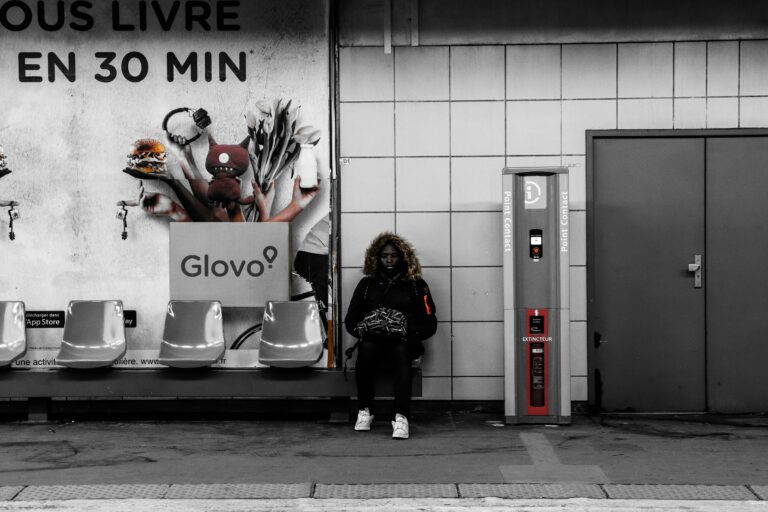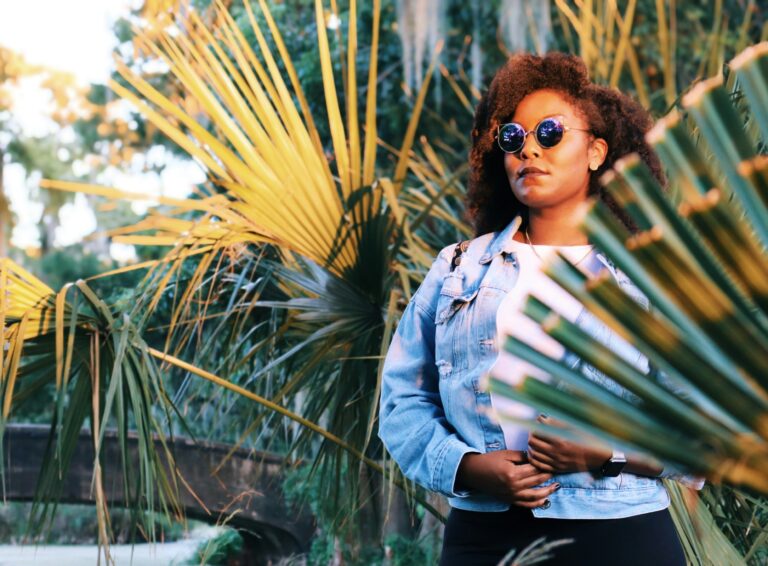Discover what a creative director does, how it differs from an art director or visual director, and what creative head roles mean across industries.
Creative Director vs. Art Director: Roles, Responsibilities & Definitions Explained
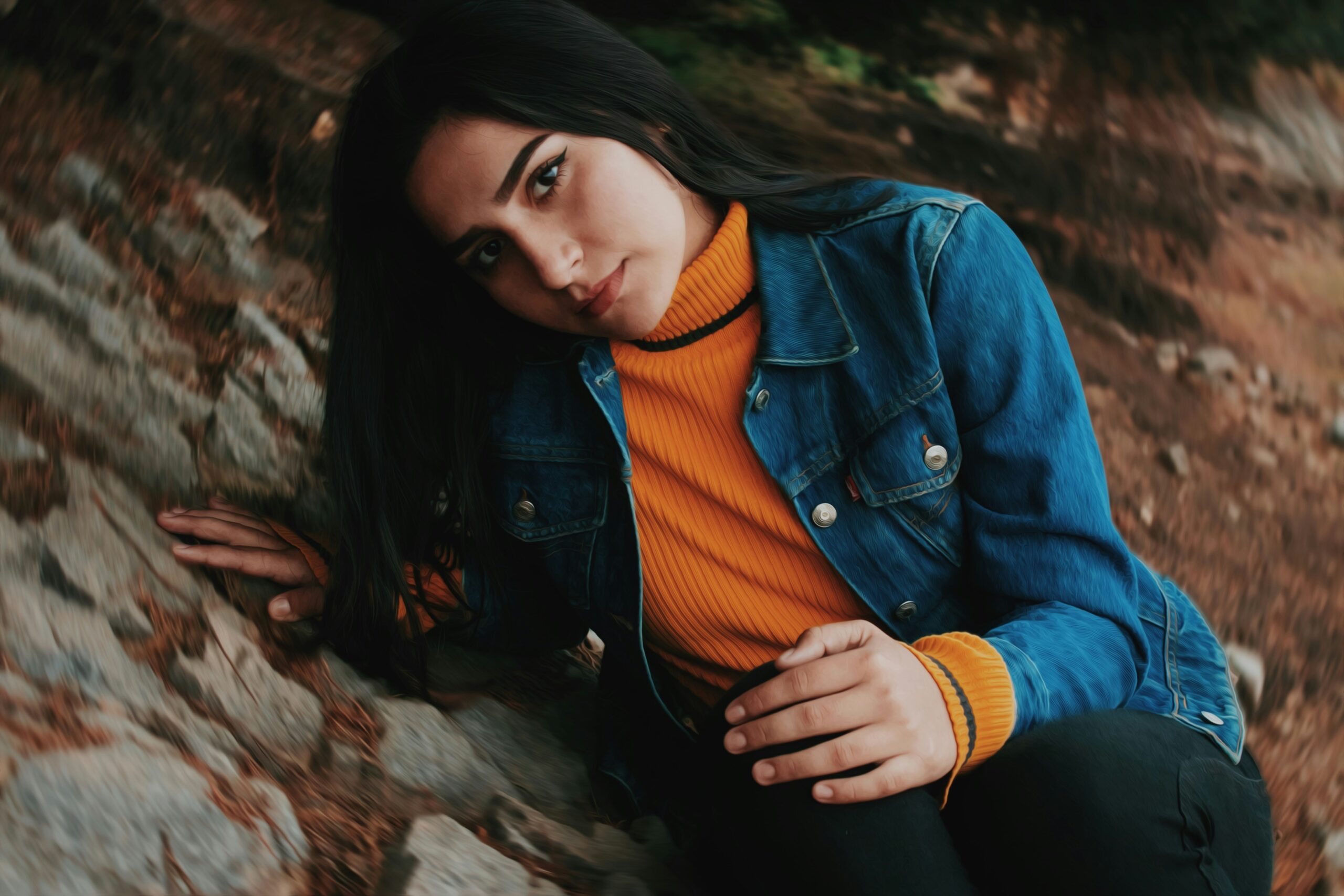
Ever wondered what a creative director really does? Or how the role of a visual director, art director, or creative head differs?
Whether you’re navigating a career path or trying to hire the right talent, this guide breaks down:
- The definition and meaning of a creative director
- Key differences between creative directors, art directors, and visual directors
- A full list of creative director duties and responsibilities
- Where these roles fit within fashion, film, media, and branding
Contents
- 1 What Does a Creative Director Do?
- 2 Creative Director Duties & Responsibilities
- 3 What Is the Role of a Visual Director?
- 4 What Does an Art Director Do?
- 5 Creative Director vs. Art Director vs. Visual Director
- 6 Creative Director Meaning in Different Industries
- 7 FAQs: Creative Director Role & Definition
- 8 Final Thoughts: Why These Creative Roles Matter
- 9 Art Director vs. Creative Director – FAQs with Answers
What Does a Creative Director Do?
A creative director is the top-level creative leader responsible for the vision, concept, and direction of a brand or project. They oversee the big-picture storytelling, tone, and strategy, working across disciplines like design, writing, photography, and marketing.
🔍 Creative director definition: A strategic, multidisciplinary leader who shapes the creative identity and visual output of a brand, campaign, or organization.
Common Titles:
- Creative Director
- Chief Creative Officer (CCO)
- Executive Creative Director
- Creative Head
Creative Director Duties & Responsibilities
Here’s what creative directors are typically responsible for:
Creative Director Responsibilities:
| Area | Duties |
|---|---|
| Strategy & Vision | Define the brand voice, visual tone, and narrative |
| Leadership | Manage art directors, designers, copywriters, stylists, or editors |
| Concept Development | Lead brainstorms, pitch decks, and campaign ideas |
| Collaboration | Work with marketing, merchandising, media buying, or production |
| Client/Stakeholder Communication | Present and defend creative concepts |
| Talent Oversight | Hire freelancers, photographers, stylists, directors, etc. |
| Quality Control | Ensure brand consistency across all visuals and messaging |
| Trend Forecasting | Spot emerging styles, cultural shifts, and design trends |
Tools of the Role:
- Creative Suite (for reviewing—not executing designs)
- Pitch decks and brand books
- Moodboards and campaign overviews
- Budget and team resource planning
- Talent rosters and production calendars
What Is the Role of a Visual Director?
Often used in fashion and retail, a visual director focuses on the aesthetic execution of a brand’s creative strategy. They ensure that the customer-facing visuals—store displays, showrooms, campaign photography—match the creative vision.
Visual Director Responsibilities:
- Oversee visual merchandising and in-store design
- Direct lookbook or product photoshoots
- Ensure consistency in lighting, composition, and styling
- Manage display guidelines across locations
- Support seasonal storytelling in campaigns and retail experiences
🛍️ In fashion houses, the visual director is the bridge between merchandising and creative branding.
What Does an Art Director Do?
An art director sits just below the creative director and handles the execution of visual assets.
🔍 Art Director Definition: A creative leader who guides the visual style and layout of individual projects, like ad campaigns, magazines, websites, or sets.
Art Director Responsibilities:
- Turn concepts into visual mockups or layouts
- Direct photographers, illustrators, and designers
- Choose color palettes, fonts, compositions, and formats
- Maintain consistency with the brand’s visual identity
- Review design work for accuracy and polish
- Collaborate with copywriters and creative producers
🎬 In film or TV, art directors often manage set construction, props, and scenic design under the production designer.
Creative Director vs. Art Director vs. Visual Director
Here’s a quick side-by-side comparison:
| Role | Focus | Level | Key Responsibilities |
|---|---|---|---|
| Creative Director | Vision, messaging, big-picture brand leadership | Executive | Concept development, team leadership, strategy, stakeholder presentations |
| Art Director | Visual layout, detail execution, mid-level management | Managerial | Supervise designers, develop visual deliverables, interpret creative briefs |
| Visual Director | Physical space, styling, photography, fashion presentation | Specialized | Merchandising, on-set visuals, styling shoots, store displays |
Creative Director Meaning in Different Industries
In Film/TV:
- Creative Director may oversee trailers, posters, or visual marketing
- Art Directors handle set design and props
- Visual Directors focus on cinematography aesthetics
In Fashion:
- Creative Director = overall vision (runway, campaigns, tone)
- Art Director = directs lookbooks, editorials, or product visuals
- Visual Director = manages styling, window displays, retail staging
In Advertising:
- Creative Director leads ideation and client-facing strategy
- Art Director leads design and visual development
- Copywriter often partners with Art Director
FAQs: Creative Director Role & Definition
What is a creative head?
“Creative head” is a more informal or regional synonym for creative director—especially used in fashion or media industries in India, Europe, and Southeast Asia.
Can one person be both art director and creative director?
In smaller companies or startups—yes. However, larger brands separate these roles to ensure focus and specialization.
What degree do you need to become a creative director?
Typically:
- Bachelor’s in design, art, communication, film, fashion, or marketing
- Master’s degrees (MFA, MA, or MBA) are optional but can help
What’s the career path to becoming a creative director?
Designer → Senior Designer → Art Director → Senior Art Director → Creative Director
In some cases, stylists, photographers, or content producers also evolve into creative directors.
Final Thoughts: Why These Creative Roles Matter
In a world where storytelling sells everything, the creative director and their visual team are at the heart of brand power.
Whether you want to become one, hire one, or collaborate with one, understanding the unique responsibilities of:
- Creative directors
- Art directors
- Visual directors
…gives you clarity, direction, and creative control.
Art Director vs. Creative Director – FAQs with Answers
Role Clarification & Definitions
1. What does a creative director do?
A creative director oversees the entire creative vision of a project, campaign, or brand. They lead art direction, copy, styling, mood, and concept, ensuring the final result aligns with the business strategy.
2. What is the role of an art director?
An art director translates the creative vision into visual elements like layouts, photography, sets, colors, and compositions. They lead the design team and often report to the creative director.
3. What’s the difference between an art director and a creative director?
A creative director sets the vision and story. An art director brings it to life visually. Think of the creative director as the scriptwriter and the art director as the cinematographer.
4. What does “creative director” mean?
A creative director is the chief storyteller and visual strategist, guiding the creative output of campaigns, branding, or productions.
5. What is a visual director?
A visual director specializes in curating imagery, branding aesthetics, and campaign layouts, often within fashion or retail brands. The title overlaps with art and creative direction.
6. What does “art dir” mean?
“Art dir” is shorthand for art director, a visual lead responsible for design execution, moodboards, and media styling.
Responsibilities & Duties
7. What are the key responsibilities of a creative director?
- Leading brand storytelling
- Approving concepts and campaigns
- Guiding designers, writers, and stylists
- Working with marketing and strategy teams
- Overseeing creative consistency across channels
8. What are the main duties of an art director?
- Designing key visual assets
- Directing photo/video shoots
- Managing layout and typography
- Supervising designers and retouchers
- Translating ideas into visuals
9. Who does a creative director manage?
Creative directors lead teams of art directors, copywriters, designers, stylists, motion artists, and sometimes set or music directors.
10. Can one person be both art director and creative director?
Yes—especially in startups, small agencies, or freelance projects. But in larger companies, the roles are usually distinct.
Meaning, Title, and Positioning
11. Define “creative director” in one sentence.
A creative director is the visionary leader of a brand or project’s creative identity, ensuring storytelling, visuals, and messaging are cohesive and impactful.
12. What does “creative head” mean?
“Creative head” is another term for creative director, often used in fashion, publishing, or media to indicate the person leading all creative decisions.
13. Is visual director the same as art director?
Not always. A visual director may oversee retail or brand imagery, while an art director handles execution within specific campaigns or departments.
14. What is the difference between design director and creative director?
A design director focuses on visual systems, user interfaces, or brand guidelines, while a creative director leads the overarching concept and vision.
15. Is the creative director the highest role in a creative team?
Usually, yes. However, some organizations have a Chief Creative Officer (CCO) or Executive Creative Director (ECD) above them.
Career Path & Industry Relevance
16. How do you become a creative director?
You typically rise through roles like designer → art director → senior art director → associate creative director → creative director, building leadership and storytelling skills.
17. What degree is needed for creative direction?
While not mandatory, common degrees include Advertising, Communication Design, Visual Arts, Fashion Marketing, or Media Studies.
18. How many years does it take to become a creative director?
On average, 8–12 years of experience across design, copy, or art direction before reaching creative director level.
19. Can fashion stylists become creative directors?
Yes. Many fashion creatives (e.g., Edward Enninful, Grace Coddington) evolved from styling into creative leadership roles.
20. Do creative directors need to be good at drawing or design?
Not always. While many start with design skills, the role prioritizes vision, leadership, cultural understanding, and conceptual thinking.
Industry Contexts: Fashion, Film, Advertising
21. What does a creative director do in fashion?
They define the aesthetic, mood, casting, campaign visuals, and sometimes garment direction—working closely with designers and stylists.
22. What is an art director in the film industry?
They manage the set design, props, visual textures, and how a film looks scene to scene—often under the direction of the production designer.
23. What does a creative director do in advertising?
They craft the concept of a campaign, ensuring visuals, scripts, slogans, and platform delivery feel unified and brand-relevant.
24. Are art directors involved in branding?
Yes, especially in visual identity, packaging, social media layouts, campaign photography, and brand storytelling.
25. Is a creative director the same as a marketing director?
No. A marketing director focuses on strategy, ROI, and performance, while a creative director leads visual and messaging concepts.
Tools, Trends & Modern Expectations
26. Do creative directors use design software?
Some do, but most delegate execution. Still, knowledge of Adobe Creative Suite, Figma, and motion tools helps with collaboration.
27. How important is cultural awareness for creative directors?
Extremely. Understanding trends, subcultures, art, fashion, and global movements shapes timely and resonant campaigns.
28. Can someone without a design background become a creative director?
Yes—especially if they come from fashion styling, film direction, copywriting, or creative strategy and build visual literacy.
29. What makes a successful creative director?
- Vision and originality
- Empathy and leadership
- Trend fluency
- Communication
- Ability to unify teams toward a concept
30. Will AI impact the role of art and creative directors?
AI will assist with execution and idea generation, but human vision, taste, and leadership will remain irreplaceable in creative direction.
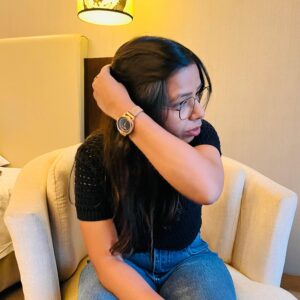
Shikha Singh
Keep in touch with our news & offers
Subscribe to Our Newsletter
Thank you for subscribing to the newsletter.
Oops. Something went wrong. Please try again later.
